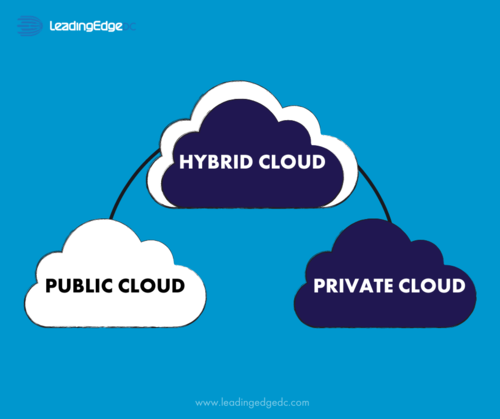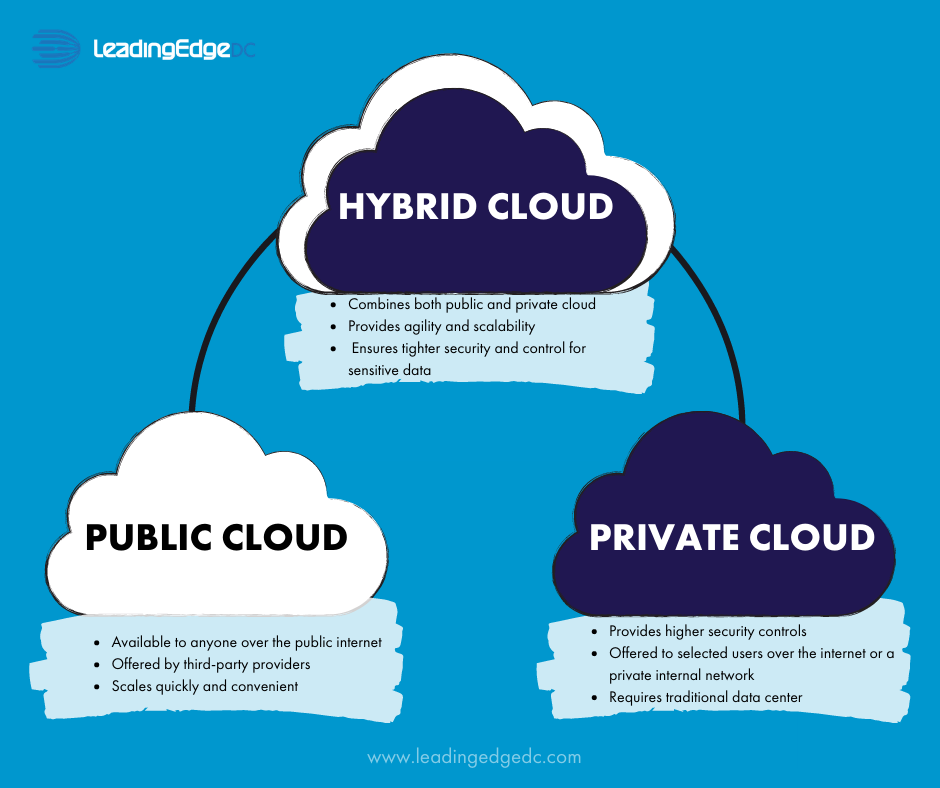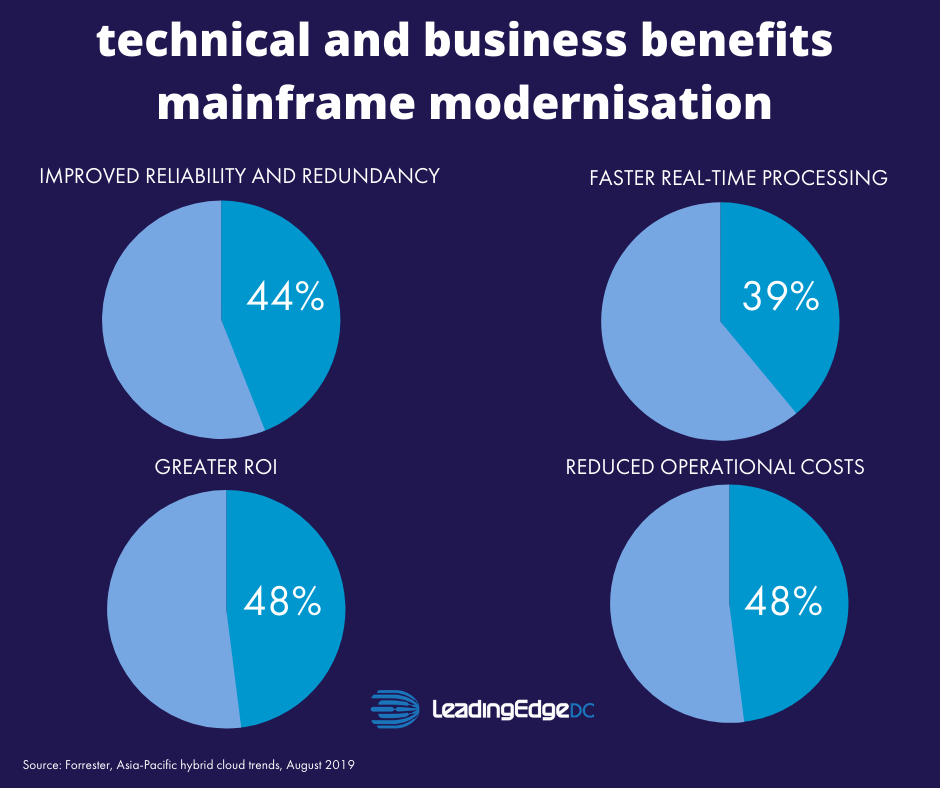Hybrid Cloud – What it is and Why it Matters

Welcome back to our EdgeTech Series, where we explain the technology that’s needed to support businesses and users at the Edge.
By Daniel Lawrence, Enterprise Sales at Leading Edge Data Centres
Cloud-first strategy
With most businesses relying on cloud computing to compete in the market, cloud-based solutions have become the norm, providing a robust, secure and reliable platform to build transformational services. However, Regional Australians struggle to implement a cloud-first policy, due to poor connectivity and high latency which often leads to a poor user experience. Businesses suffer from additional costs to build workarounds and patches to fix these issues. Couple that with long backhaul to metropolitan cities, and connecting to the cloud becomes an unpleasant experience for regional Australians.
Despite these challenges, regional Australian businesses are still looking for a way to take advantage of cloud solutions, as they see the value in having local access to both public and private cloud environments. According to a recent Forrester studyi, 88% of organisations adopt a hybrid IT approach, and 89% acknowledge that adoption includes a dedicated hybrid cloud strategy.
Let’s take a look at what a hybrid cloud is, its benefits, and how it differs from the other online environments.
What is a Hybrid Cloud?
Typically, cloud platforms operate as either clouds or multi-clouds in a single environment: public or private. A hybrid cloud platform takes that a step further, operating across two or more of these environments.
In other words, hybrid cloud is an IT infrastructure that uses a mix of on-premises, private cloud and third-party, public cloud services (like Microsoft Azure, Amazon Web Services (AWS), Google Cloud Platform (GCP) or VMware cloud) with orchestration between these platforms. This often involves a connection from an local data centre to a public cloud using a robust encrypted connection, allowing applications, data, and other information to move between each platform.
However, a hybrid cloud does not refer to a single cloud with public and private features, but two individual cloud systems together. Often, organisations deploy hybrid clouds in order to separate different operating environments. This allows a business to store, process, and interact with protected, extremely sensitive data through the private cloud, while leveraging functionalities and resources from a public cloud service (e.g. CRM, DropBox).

Benefits of a hybrid cloud platform
Although cloud services can drive cost savings, their principal value lies in supporting a fast-moving digital business transformation. Most Cloud experts agree that one of the primary benefits of a hybrid cloud is agility. The need to adapt and change direction quickly is a core principle of a digital business. However, deployment of the hybrid cloud also brings a number of other advantages:
-
Control – hybrid cloud empowers organisations to manage the private end of their hybrid cloud model as they need it, with the ability to adjust accordingly to the current situations. In that way, internal IT staff can retain control of critical operations and deal with the day-to-day management of servers and other infrastructure instead of entrusting all IT infrastructure aspects to a third-party cloud provider. Also, a hybrid cloud provides clarity on the costs allowing better visibility of where your budget goes.
-
Agility and scalability – Hybrid cloud offers more resource management options via a public cloud provider than only using a physical data centre. For example, if you want to run certain applications locally in your data centre but shift to the public cloud when you need additional capacity, hybrid cloud provides that capability. This makes it easier for organisations to proactively provision, deploy and scale resources to meet demand spikes. It allows to navigate between either private or public cloud storage depending when it’s appropriate and cost-effective, then easily draw upon resources from the public cloud when necessary.
-
System security – With the increase in the cybercrimes – 273% in the first quarter large-scale breaches, compared to the same time last yearii – security is a core focus for IT teams. A unified hybrid platform allows organisations to draw on best-of-breed cloud security and regulatory compliance technologies and implement security and compliance across all environments in a consistent way.
Connecting at the Edge
Without a doubt, the hybrid cloud offers numerous benefits to organisations of all sizes. Now, regional Australian businesses can create their own hybrid cloud solutions within Edge Data Centres. New private cloud environments can be built by providers such as SaberVox, which means that regional business can keep their high-performance applications close for better user experience whilst using public cloud, available via cloud on-ramps such as Equinix’s ECX fabric or Megaport’s on-demand SDN.
The ability for regional businesses to connect to most global cloud platforms means that they cn create a solution that meets their own specific business needs using hybrid cloud. They will benefit from robust, scalable , secure solutions which will deliver better online experiences for their users and customers.
If you enjoyed this blog, look out for the next in the series, “Key considerations for adopting a hybrid cloud”
Originally published on LinkedIn










